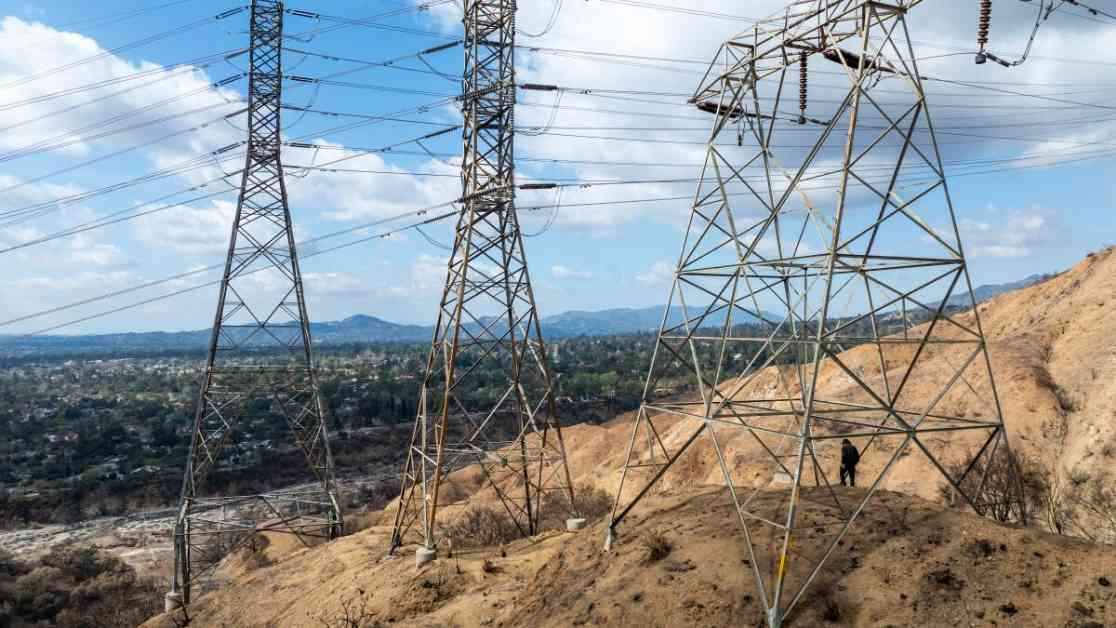Los Angeles County filed a lawsuit against Southern California Edison for its alleged involvement in the destructive Eaton fire. This legal action adds to the growing number of lawsuits blaming Edison’s equipment for causing the fire, which resulted in the destruction of approximately 9,000 homes and claimed 17 lives, ranking it among California’s most devastating wildfires. Numerous residents have already filed over 40 lawsuits against the utility, focusing on transmission towers where the initial flames were detected. Additionally, the cities of Pasadena and Sierra Madre have announced their intentions to sue Edison in connection with the fire.
Scott Kuhn, an attorney representing the county in the lawsuit, emphasized, “All evidence is pointing to them,” underscoring the serious accusations against the utility company. This legal challenge marks the third time since 2018 that the county has taken legal action against Edison. Notably, the county previously secured a $63 million settlement from Edison for the Woolsey fire in 2018 and an $80 million settlement for the Bobcat fire in 2020.
Responding to the lawsuit, Kathleen Dunleavy, a spokesperson for Southern California Edison, expressed sympathy for the communities impacted by the wildfires and stated, “We are reviewing the lawsuit and will address it through the appropriate legal process.” Echoing previous claims, the county asserts that the fire originated due to Edison’s equipment either coming into contact with nearby vegetation or generating sparks that ignited it. The lawsuit further alleges that the utility company failed to properly inspect, repair, maintain, or operate its electrical infrastructure, leading to the devastating consequences of the Eaton fire.
Allegations and Investigations
The county’s lawsuit also highlights a filing made by Edison with state regulators, disclosing that there was a momentary surge of electrical current in the transmission lines over Eaton Canyon around the time the fire began on January 7. This incident occurred following a fault in Edison’s Eagle Rock-Gould line, which connects to the Gould substation in La Cañada Flintridge near the suspected origin of the fire. Despite the surge remaining within design limits and operating criteria, questions persist about the role of Edison’s equipment in the fire’s ignition.
While Cal Fire and the Los Angeles County Fire Department continue to investigate the fire’s cause, no official conclusion has been released. Scott Kuhn clarified that the lawsuit primarily relies on existing video footage, images, and witness statements in the public domain, as the investigation unfolds. Edison has acknowledged the possibility that its equipment was involved in the fire, but has highlighted the lack of clear evidence supporting this claim, such as broken conductors or arc marks in the area.
Investigators hired by law firms representing those affected by the fire have honed in on an idle transmission tower in the vicinity, which had not been active for over five decades but was unexpectedly energized. Following the fire’s outbreak, Edison confirmed that the transmission towers over Eaton Canyon were re-energized, with workers observing flashes of light on the towers, including the idle transmission tower. This revelation has raised further questions about the utility company’s equipment maintenance and operational protocols.


